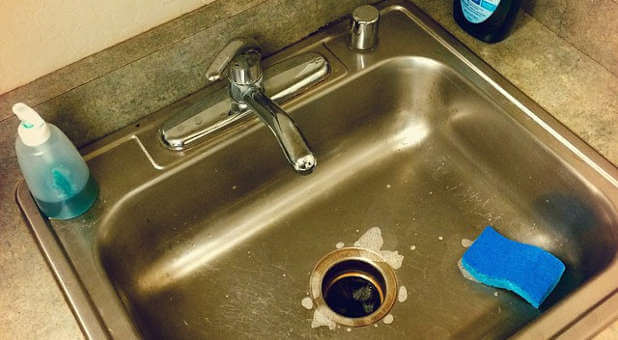We all want to keep our surroundings as clean as possible to reduce our risk of exposure to disease-carrying germs, but are we taking it too far?
“The biggest myth of all is that all germs are bad,” notes Pat Salber, M.D., a board-certified San Francisco internist. “It turns out we have an intimate relationship with bacteria. They live on our skin, in our mouths and most importantly they live in our gut.
“If we disturb that relationship by taking too many antibiotics, for example, there can be negative consequences, such as getting C. Diff diarrhea. Also many scientists believe that kids who lack early exposure to bacteria and germs may increase their risk of developing allergies and asthma.”
While keeping a sterile environment may not be the best idea, when seasonal or contagious bugs are around, you want to take proper precautions.
Here are some myths—and facts—about germs:
1. You can catch a disease from a toilet seat. This age-old myth just won’t go away. Unless you are having sex on said toilet, there’s no need to worry about catching a disease, since viruses and bacteria die almost instantly when they leave the body.
But if it makes you feel better, you can always use a toilet seat cover for peace of mind. The fact is that the toilet seat is less germy than the door handle, studies show.
2. Hand dryers are more sanitary than paper towels. While hand dryers earn points for eco-friendliness, they aren’t as sanitary as using paper towels. A recent review of 12 studies found that paper towels are far more hygienic than dryers that simply blow bacteria all over your hands—as well as the entire bathroom.
3. The five-second rule can keep you safe. This is actually a half truth, say experts. While off-the-floor eating is far from ideal, researchers from Aston University tested food dropped from three to 30 seconds. When they tested for levels of E. coli and staphylococcus they found the less time the food was on the floor, the less bacteria it tended to pick up.
But surfaces made a difference. Sticky foods dropped on smooth surfaces were the germiest while dry foods dropped on carpet were the cleanest. Overall, all food dropped on the floor can pick up some bacteria in seconds so if your food falls on the floor, it’s probably best to discard it.
4. The sink has the most germs in a kitchen. In fact, the biggest germ-laden culprits are the refrigerator vegetable and meat compartments, followed by blender containers, can openers and rubber spatulas, according to the National Sanitation Foundation.
5. Sponges are good for cleaning kitchens. It turns out sponges may wipe away surface grime, but they won’t clean your counters—they’ll simply spread the germs around. A typical kitchen sponge can contain millions of bacteria, and that’s not what you want on your countertop.
You’re better off using paper towels. And if you do use a sponge, running it through the dishwasher regularly or giving it a quick zap in the microwave will kill most of the germs.
6. Using an antibacterial soap protects you from germs. There is simply no evidence that antibacterial soaps are any better than simple soap and water when it comes to cleaning surfaces or your hands, according to the Centers for Disease Control and Prevention and the Food and Drug Administration.
While having clean hands is one of the simplest and best ways to protect yourself and your loved ones, antibacterial soaps don’t offer any advantage, but they do contain chemicals that have been linked to environmental-health problems.
Some antibacterial soaps may also contain chemicals that haven’t been thoroughly tested for safety.
For the original article, visit newsmaxhealth.com.














































